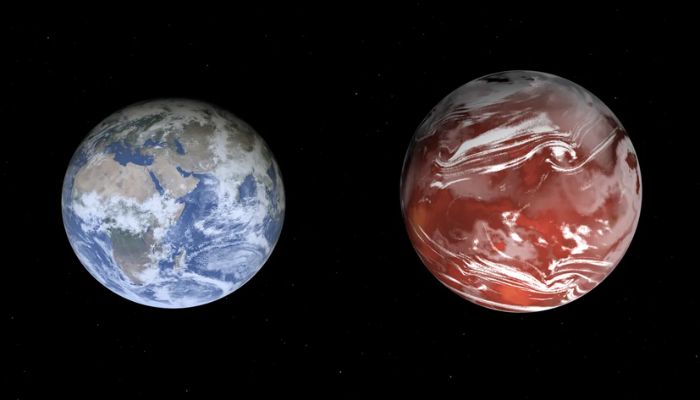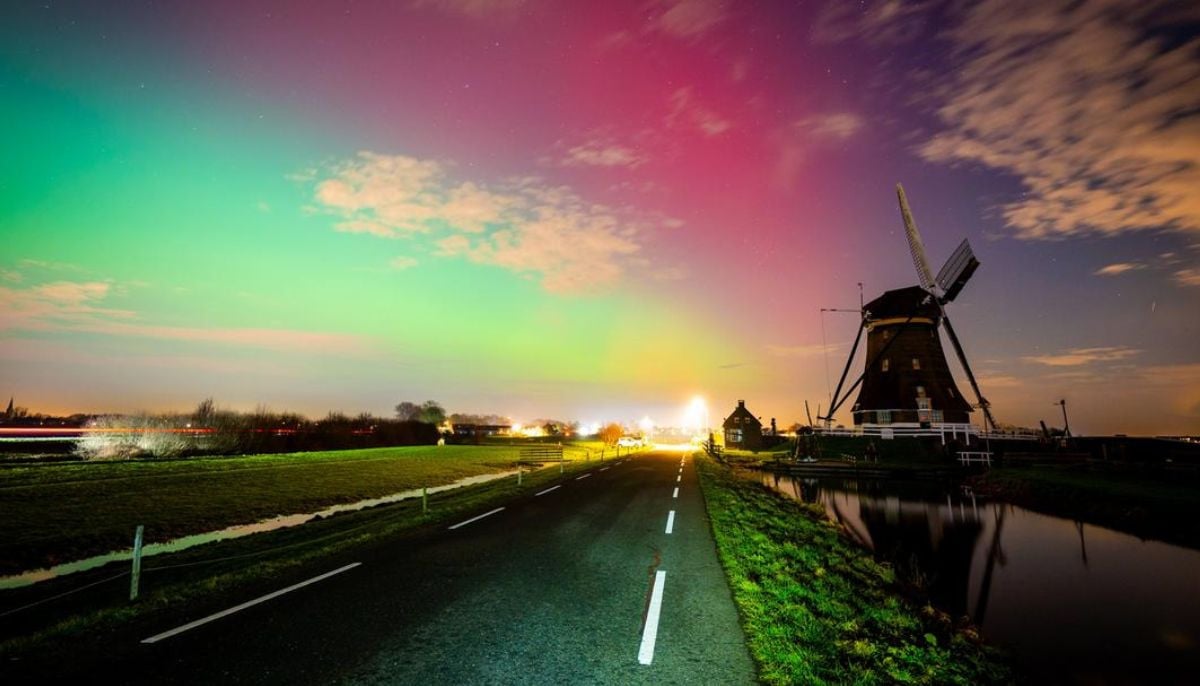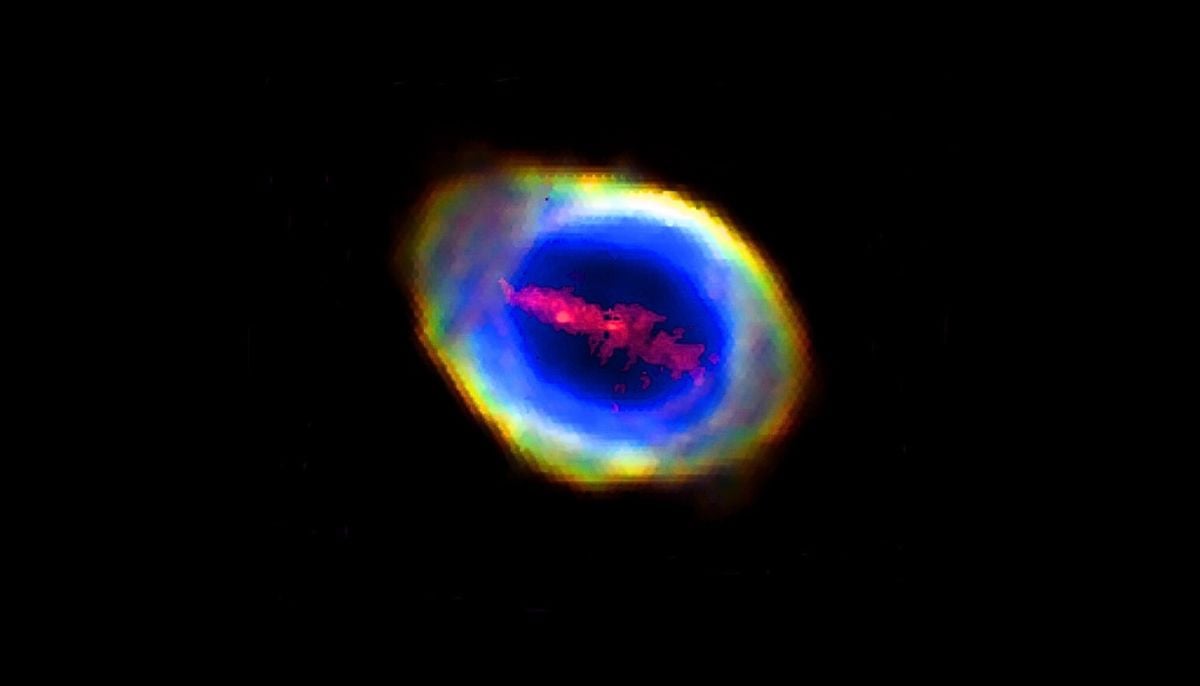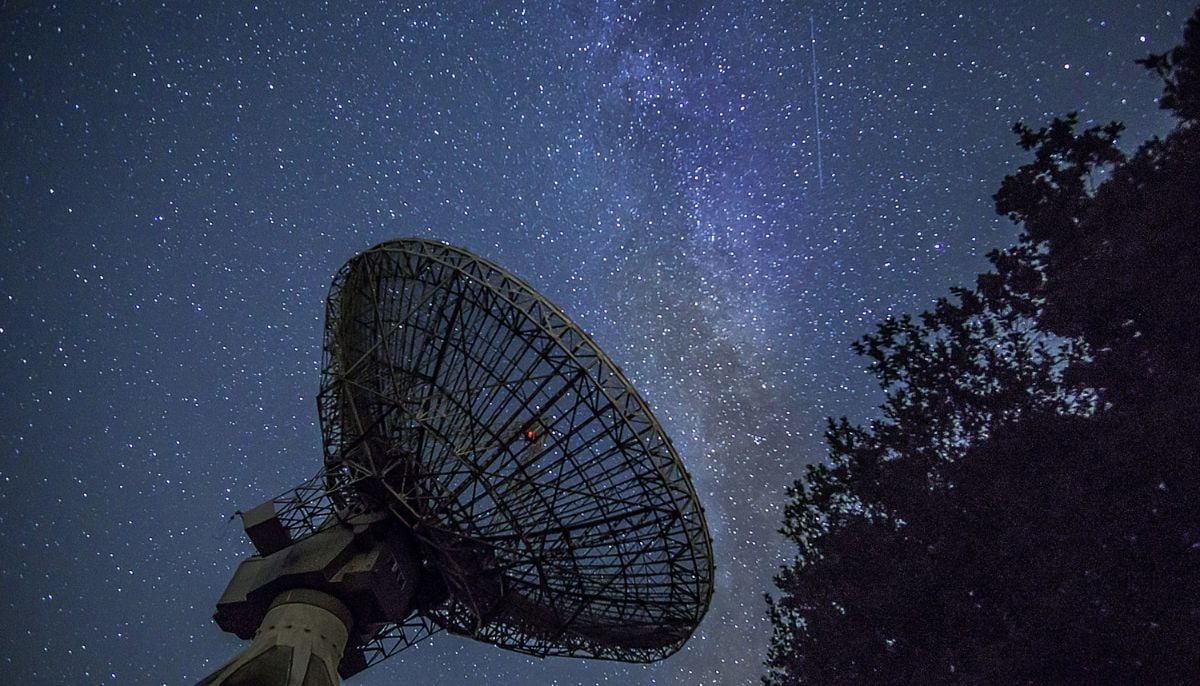NASA telescopes find alien worlds made of water
It is important to note that these so-called water planets are not predicted to contain seas as one might think
We have added another extraterrestrial world to our reserve, exoplanet hunters reported on Thursday in the journal Nature Astronomy.
Using NASA's orbiting Hubble and defunct Spitzer Space Telescopes, scientists discovered two exoplanets that appear to be covered in sheets of none other than water, the elixir of life.
These blue globes, designated Kepler-138 c and Kepler-138 d, orbit a dim red dwarf star in a solar system 218 light-years away. They have masses that are roughly twice as heavy as those of Earth and are around 1.5 times as big. The Kepler couple's story is strangely paradoxical because these measures lead you to believe that they are somewhat Earthly cousins.
"We previously thought that planets that were a bit larger than Earth were big balls of metal and rock, like scaled-up versions of Earth, and that's why we called them super-Earths," said Björn Benneke, a professor at the University of Montreal and co-author of the paper, in a statement.
In fact, Kepler d is still referred to as a "possibly rocky" world in NASA's online Exoplanet Catalog, for example.
Benneke continued: "But we have now established that these two planets, Kepler-138c and d, are quite different in nature: a significant portion of their total volume is presumably made of water."
Overall, this is the first time that exoplanets have been reliably recognised as water worlds. This is a kind of planet that has long been theorised by astronomers but was not yet verified with great assurance.
It is important to note that these so-called water planets are not predicted to contain seas as one might think.
"The temperature in Kepler-138c's and Kepler-138d's atmospheres is likely above the boiling point of water, and we expect a thick, dense atmosphere made of steam on these planets," Caroline Piaulet, team lead and PhD student at the University of Montreal, said in a statement.
Only in the presence of a steam atmosphere is it possible for high-pressure liquid water or even water to exist in a different phase known as a supercritical fluid, explained Monisha Ravisetti from CNET.
The Kepler twins, according to the researchers, are more like bigger versions of Europa or Enceladus, i.e., water-rich moons that currently orbit Jupiter and Saturn, but considerably closer to their star.
Kepler-138 c and d, according to Piaulet, "would retain enormous water vapour envelopes instead of an icy surface."
Technically, both of the investigated exoplanets had previously been discovered by NASA's Kepler Space Telescope (thus their names), but it wasn't until now that researchers thought they had solid evidence of the spheres' makeup. Despite having already shown that Kepler-138 b, another member of the Kepler 138 red dwarf system, is a terrestrial planet with a mass of 0.0066 Earth, they still required additional data for c and d.
Despite the fact that water was not directly found, the team was still able to use these NASA telescopes to compare the sizes and masses of the planets to models that predicted up to 50% of the volume of these worlds.
-
Bamboo: World’s next sustainable ‘superfood’ hiding in plain sight
-
NASA Artemis II rocket heads to the launch pad for a historic crewed mission to the Moon
-
Blood Moon: When and where to watch in 2026
-
Elon Musk’s Starlink rival Eutelsat partners with MaiaSpace for satellite launches
-
Blue Moon 2026: Everything you need to know
-
Scientists unravel mystery of James Webb’s ‘little red dots’ in deep space
-
ISS crew of four completes medical evacuation with safe splashdown off California
-
Annular solar eclipse 2026: Here's everything to know about the ‘ring of fire’












